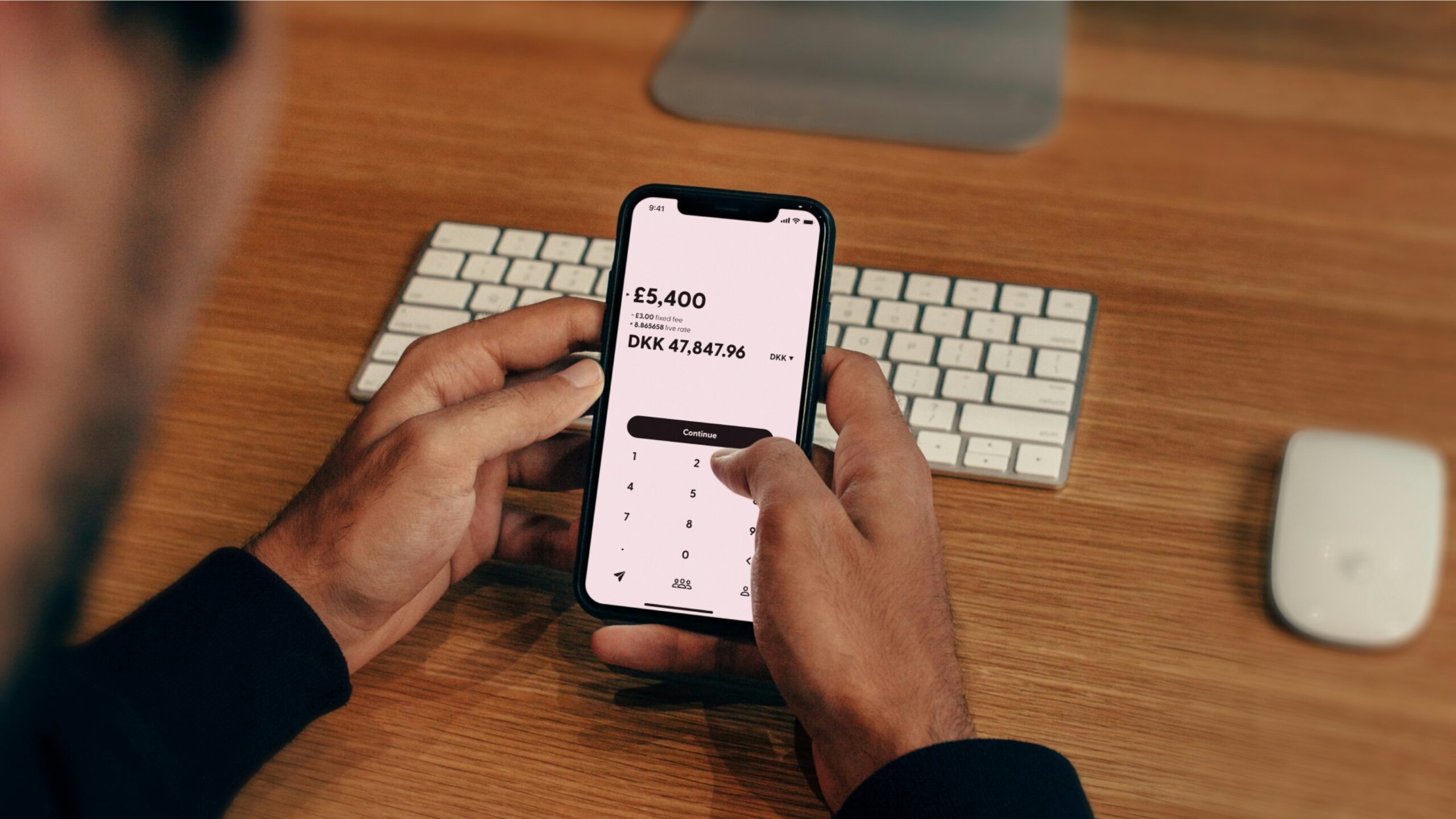Introduction
Personal budgeting apps have become increasingly popular in recent years as more individuals seek to take control of their finances and improve their financial wellness. These apps provide users with a convenient way to track their income, expenses, and savings goals, allowing them to make more informed financial decisions. However, to truly optimize the user experience and encourage long-term engagement, it is crucial for personal budgeting apps to prioritize UI/UX solutions that enhance usability and promote financial wellness.
1. Simplify Onboarding Process
One of the key factors that can make or break the success of a personal budgeting app is the onboarding process. To ensure a smooth and seamless user experience, it is essential to simplify the onboarding process as much as possible. This can be achieved by minimizing the number of steps required to set up an account, providing clear instructions and guidance, and offering the option to connect with existing financial accounts for automatic data syncing.
2. Intuitive and User-Friendly Interface
A well-designed and intuitive interface is crucial for a personal budgeting app to effectively serve its purpose. The app should have a clean and organized layout, with easy-to-read fonts, clear icons, and intuitive navigation. Users should be able to navigate through different sections of the app effortlessly, access their financial data at a glance, and perform tasks such as adding transactions or setting up budgets with minimal effort.
3. Customizable Budgeting Features
Every individual has unique financial goals and priorities, so personal budgeting apps should offer customizable budgeting features. This includes the ability to create personalized spending categories, set budget limits for each category, and receive notifications when nearing or exceeding those limits. The app should also provide visual representations of spending patterns and trends, such as charts or graphs, to help users better understand their financial habits.
4. Goal Setting and Progress Tracking
Setting financial goals is an essential part of personal budgeting, and the app should provide users with tools to set and track their progress towards these goals. Whether it’s saving for a vacation, paying off debt, or building an emergency fund, the app should allow users to set specific goals, track their progress over time, and receive reminders or notifications to stay on track. This feature can help users stay motivated and engaged with their financial journey.
5. Integration with Financial Education Resources
Financial literacy is a key component of financial wellness, and personal budgeting apps can play a vital role in educating users about money management. By integrating with financial education resources, such as articles, videos, or podcasts, the app can provide users with valuable information and tips to improve their financial knowledge. This can help users make more informed financial decisions and develop healthy money habits.
6. Secure and Private Data Protection
When it comes to personal finance, data security and privacy are of utmost importance. Users need to trust that their financial information is safe and protected. Personal budgeting apps should prioritize implementing robust security measures, such as encryption and two-factor authentication, to safeguard user data. Clear and transparent privacy policies should also be in place to assure users that their information will not be shared or sold to third parties.
Conclusion
Optimizing personal budgeting apps for UI/UX solutions is crucial for enhancing the user experience and promoting financial wellness. By simplifying the onboarding process, designing intuitive interfaces, offering customizable budgeting features, enabling goal setting and progress tracking, integrating with financial education resources, and prioritizing data security and privacy, personal budgeting apps can empower users to take control of their finances and improve their overall financial well-being.









Leave a Reply